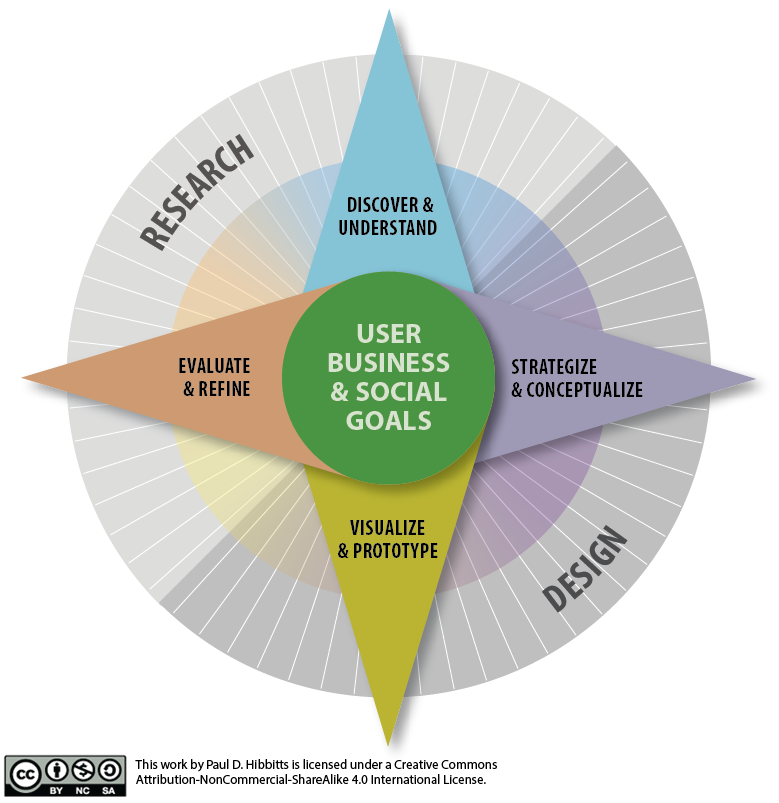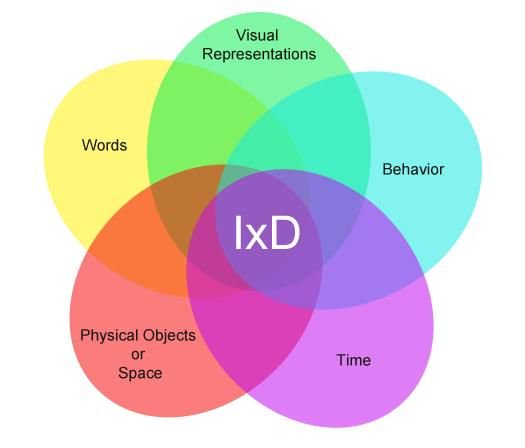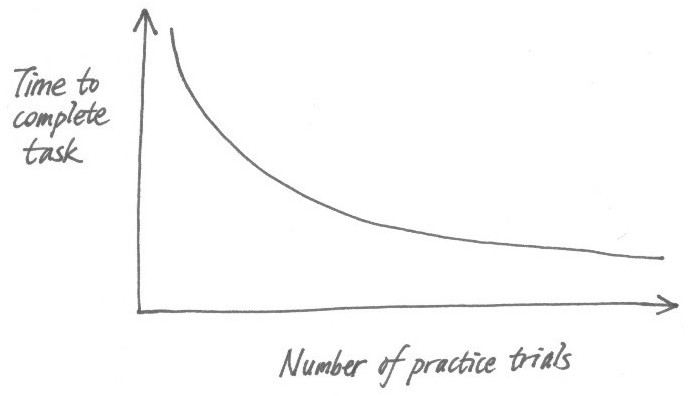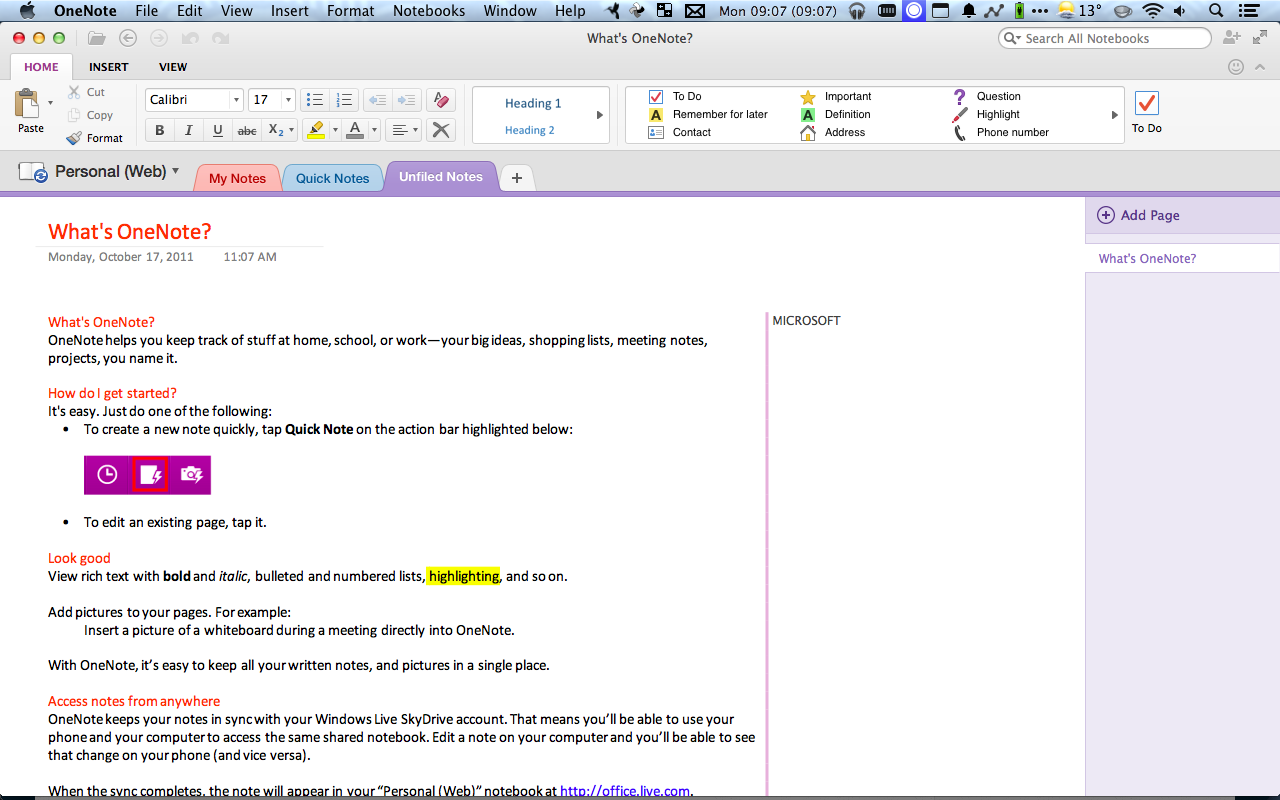[.text: alignment(center)]
Interaction Design
CMPT 363
“You only use what you understand.”
— Steve Jobs
[.background-color: #618B25]
What is the practice of strategic interaction design?
[.background-color: #FFFFFF]

[.background-color: #618B25]
Topics to Explore
- 5 Dimensions of IxD
- HCI Laws
[.background-color: #611036]
Interaction Design
5 Dimensions of IxD
[.background-color: #FFFFFF]

[.background-color: #FFFFFF]

1D: Words
Includes all text visible to the user.
2D: Visual representations
Includes typography, imagery, icons, color palette, etc.
3D: Physical objects or space
Includes computer keyboards, mice, trackpads, and touchscreens that users interact with and the space they interact within.
4D: Time
Includes all interactive elements that change over time, such as motions, sounds, and animations.
5D: Behaviour
Includes how users react to an interaction - physically and emotionally.
[.background-color: #2d6e92] [class=activity-link-color]
Activity: 5 Dimensions of IxD
Assess the 5 dimensions of interaction of the SFU Library website, and if the website supports natural conversations with its visitors
- 1D: Words
- 2D: Visual representations
- 3D: Physical objects or space
- 4D: Time
- 5D: Behaviour
[.background-color: #611036]
Interaction Design
HCI Laws
HCI Laws
- Miller's Law
- Hick's Law
- Power Law of Practice
- Fitts's Law
Miller's Law
In 1956, George Miller published the paper "The Magical Number Seven, Plus or Minus Two: Some Limits on Our Capacity for Processing Information"
Miller's Law
More recent research (Baddeley, 1986) indicates the capacity is closer to 3-4 items
Miller's Law
The ability of working memory to store short-term information can be increased by "chunking" data

Hick's Law
Hick's law estimates the time it takes for a person to make a choice as a result of the number of possible choices presented
Hick's Law
T = b log2(n + 1)
b = empirically determined constant
n = number of choices
[.background-color: #FFFFFF]

Power Law of Practice
Mathematically expresses that performing the same physical action over a period of time tends to increase performance
Power Law of Practice
Tn = T1 n-a + c
T1 = first time to perform task, n is number of trails
Tn = time to perform task after n times
a = .4
c = limiting constant
[.background-color: #FFFFFF]

Fitts's Law
Fitt’s law (1954) is a model of human movement
Fitts's Law
T = k log2(D/S + 0.5), k ~ 100 msec.
T = Time to move the hand to target
D = distance between hand and target
S = size of target
[.background-color: #2d6e92] [class=activity-link-color]
Activity: Fitts's Law
Compare two variations of a user interface, based on the application of Fitts's Law




[.background-color: #618B25]
Summary
- 5 Dimensions of IxD
- HCI Laws
[.background-color: #888888]
References and Suggested Books
- Design for Emotion by Trevor van Gorp and Edie Adams
- Designing Interactions by Bill Moggridge
- A Web for Everyone: Designing Accessible User Experiences by Sarah Horton and Whitney Quesenbery
- Understanding WCAG 2.0, https://www.w3.org/TR/UNDERSTANDING-WCAG20/intro.html
- Designing User Interfaces for an Aging Population by Jeff Johnson and Kate Finn
- Emotional Design by Donald Norman
[.background-color: #888888]
Image Credits
https://www.interaction-design.org/literature/article/the-five-languages-or-dimensions-of-interaction-design
https://www.interaction-design.org/literature/article/what-is-interaction-design
https://www.mozilla.org/en-US/firefox/
https://products.office.com/en-ca/onenote/digital-note-taking-app
https://optinmonster.com/11-web-design-principles-that-will-boost-your-conversion-rate/ 